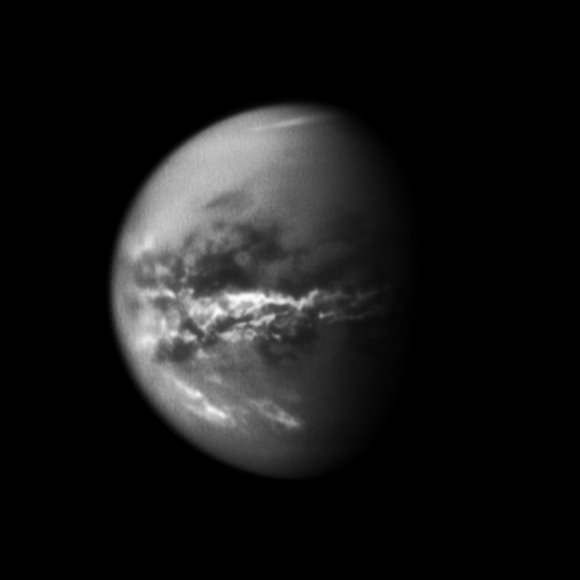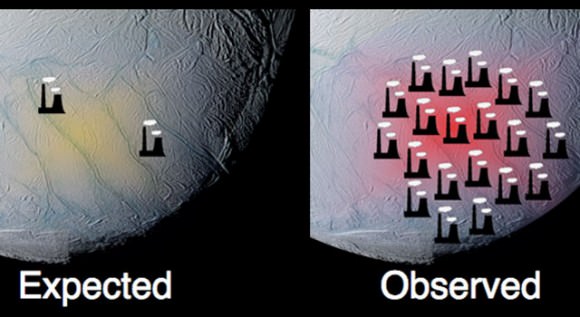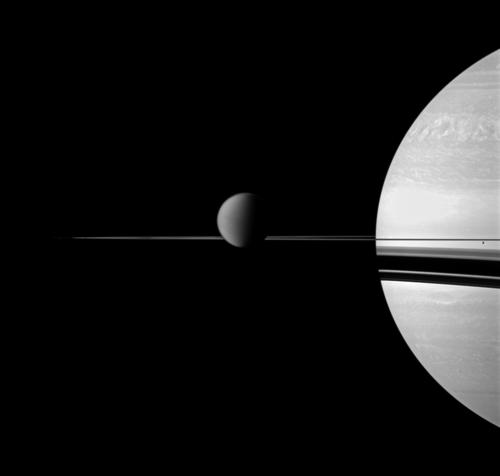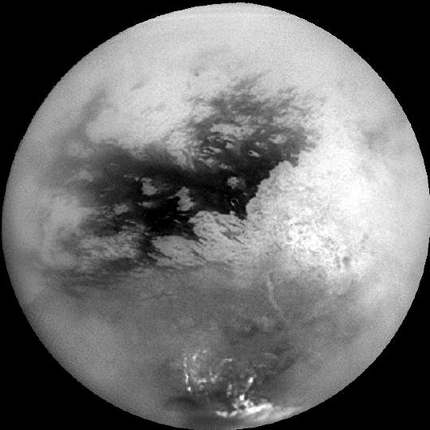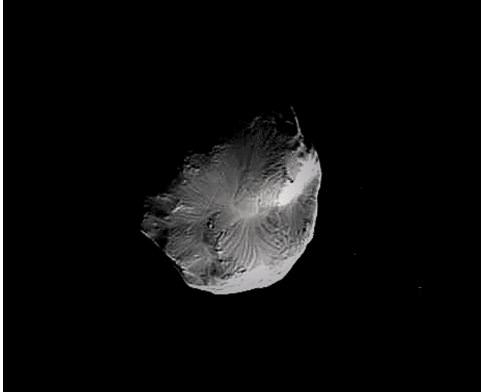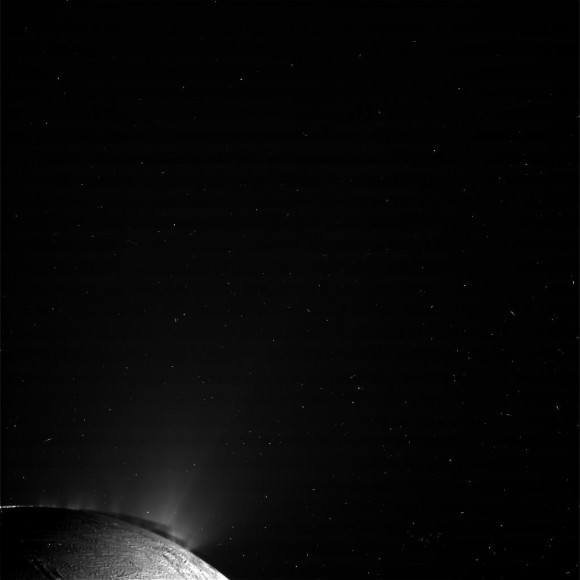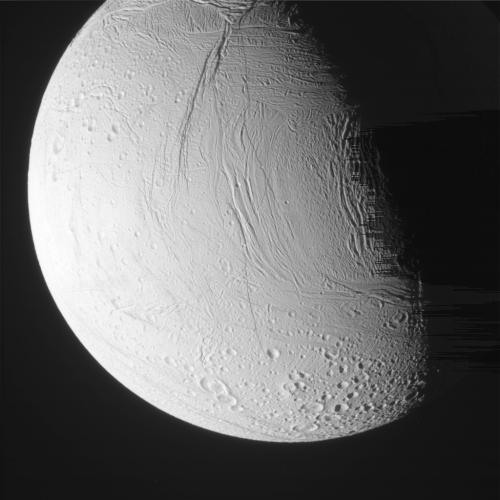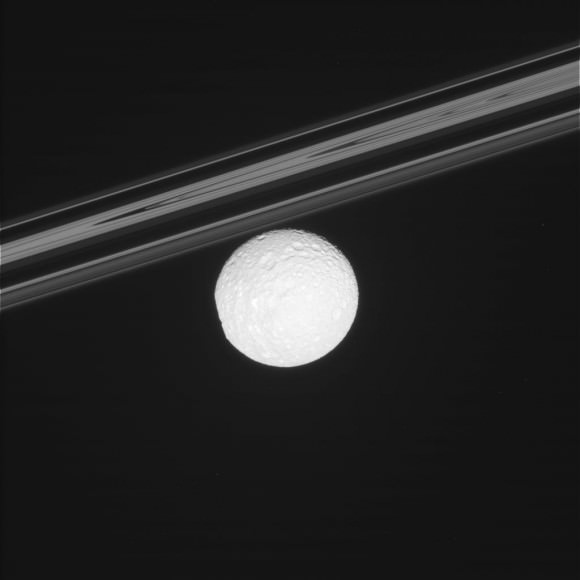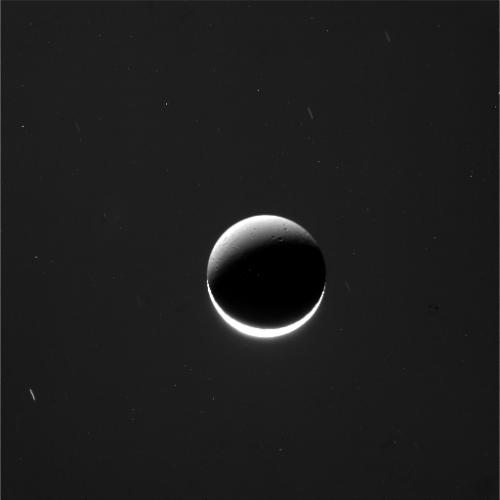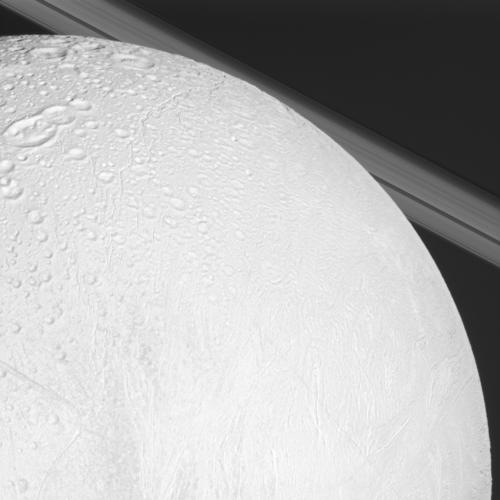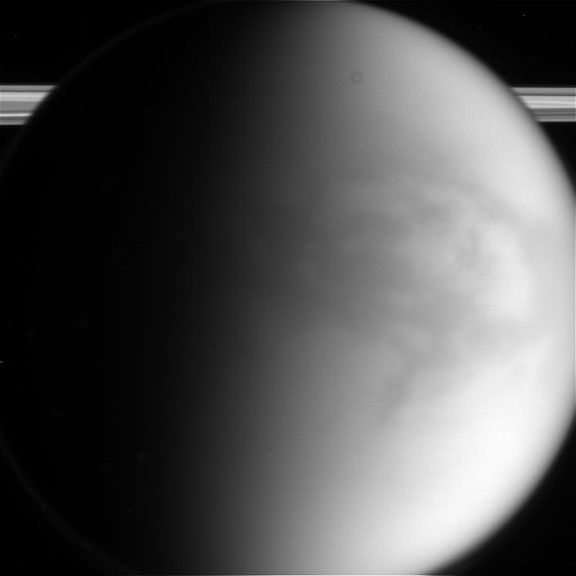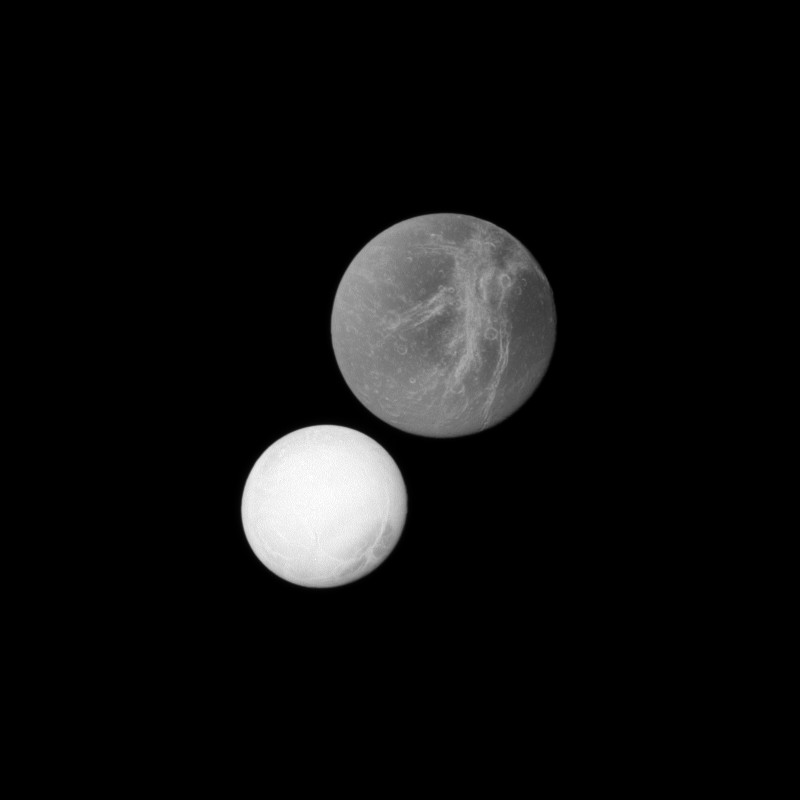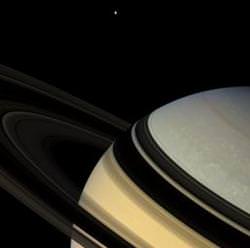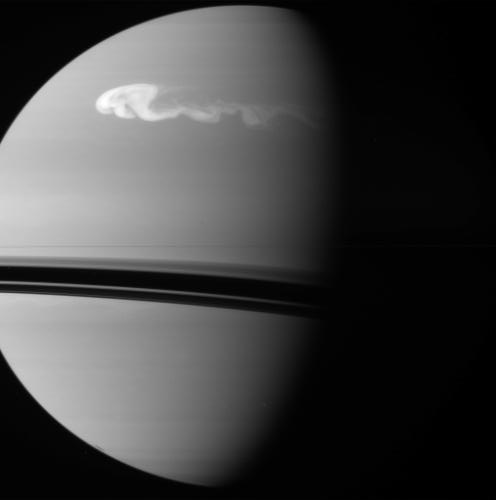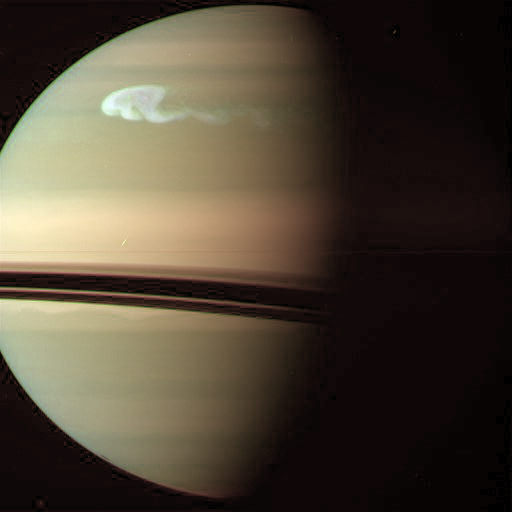[/caption]
Titan’s skies dump methane rain on the bizarre moon a quarter of the year, which collects in northern methane lakes and maintains gullies and washes once presumed to have been sculpted in a wetter age.
Elizabeth Turtle from the Johns Hopkins University Applied Physics Laboratory (APL) is lead author on the new Science paper reporting that Cassini seems to have caught a storm in action last year: “We report the detection by Cassini’s Imaging Science Subsystem of a large low-latitude cloud system early in Titan’s northern spring and extensive surface changes,” write Turtle and her co-authors in the new paper, which appears today. “The changes are most consistent with widespread methane rainfall reaching the surface, which suggests that the dry channels observed at Titan’s low latitudes are carved by seasonal precipitation.”
While Saturn’s largest moon has methane lakes at high latitudes, its equatorial regions are mostly arid, with vast expanses of dunes. Researchers first observed dry, riverbed-like channels in these regions in Huygens probe images, but generally believed them to be remnants of a past wetter climate.
Turtle and her colleagues observed sudden decreases in the brightness of the surface near Titan’s equator after a cloud outburst. The authors consider several possible explanations for these changes, including wind storms and volcanism, but they conclude that rainfall from a large methane storm over the region is most likely responsible for the darkening they observed. The surface changes they noted after the storm spanned more than 500,000 square kilometers, about the size of California.
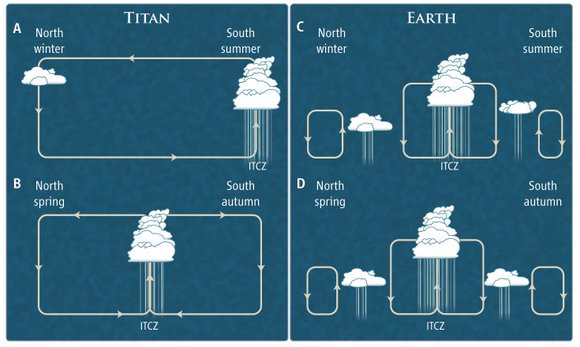
In a related Perspectives piece, Tetsuya Tokan from the Universität zu Köln in Köln, Germany wrote that Titan’s precipitation climatology “is clearly different from that of Earth, and exotic climate zones unknown in Köppen’s classification may exist.” He was referring to a widely-used climate classification system coined by Wladimir Köppen in 1884.
Tokan writes that while Earth’s global circulation patterns concentrate precipitation in rainy belts along the equatorial regions, Titan’s “convergence zone” appears migrate north and south over time, distributing precipitation more equitably across the moon.
Source: “Rapid and Extensive Surface Changes Near Titan’s Equator: Evidence of April Showers,” by Elizabeth Turtle et al. and the related Perspectives piece, “Precipitation Climatology on Titan,” by Tetsuya Tokan. Both articles appear today in the journal Science.

